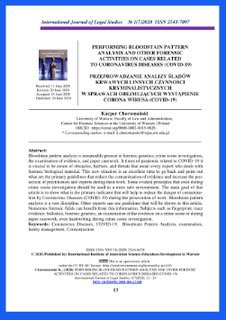By Pryce S. Michener, Elyse Bianchet, Shannon Fox, Elizabeth A. Evans & Peter D. Friedmann
Background
Opioid-related overdose is the leading cause of death for people recently released from incarceration, however treatment with medications for opioid use disorder (MOUD) during incarceration can reduce the mortality risk. This study seeks to qualitatively analyze perceptions of post-release overdose risk from the perspectives of people who received MOUD while incarcerated in one of eight Massachusetts jails during 2021–2022 using the Risk Environment Framework to guide analyses.
Methods
N = 38 participants with lived experience of MOUD treatment during incarceration who are now living in the community were interviewed on factors that may contribute to or protect against post-release overdose risk. Themes were identified inductively and deductively using the Risk Environment Framework and its domains, which organizes themes along physical, social, economic, and policy environments on both the micro- and macro- scales.
Results
The physical risk environment included loss of opioid tolerance during incarceration, polysubstance use, and the toxicity of the regional drug supply as key producers of increased risk for post-release overdose. Social drivers of risk included peer group risk norms—including peer-driven harm reduction practices and interpersonal relationships between drug sellers and buyers—as well as macro-level social determinants of health such as housing insecurity and availability of mental health services. Economic drivers of post-release overdose risk included lack of income generation during incarceration and employment challenges. Participants discussed several aspects of policy that contribute to post-release overdose risk, including availability of harm reduction supplies, public health services, and broader policy around MOUD.
Conclusions
The perspectives of people with lived experience are vital to understanding the disproportionate risks of overdose for those recently released from incarceration. Our results highlight the intersectional factors that produce and reproduce the post-release overdose risk environment, providing support for interventions across each domain of the Risk Environment Framework. By capturing perspectives from people with lived experience of OUD and incarceration during this critical period of risk, we can better identify interventions that target and mitigate overdose-related harm in this population.
Harm Reduction Journal (2024) 21:138





















